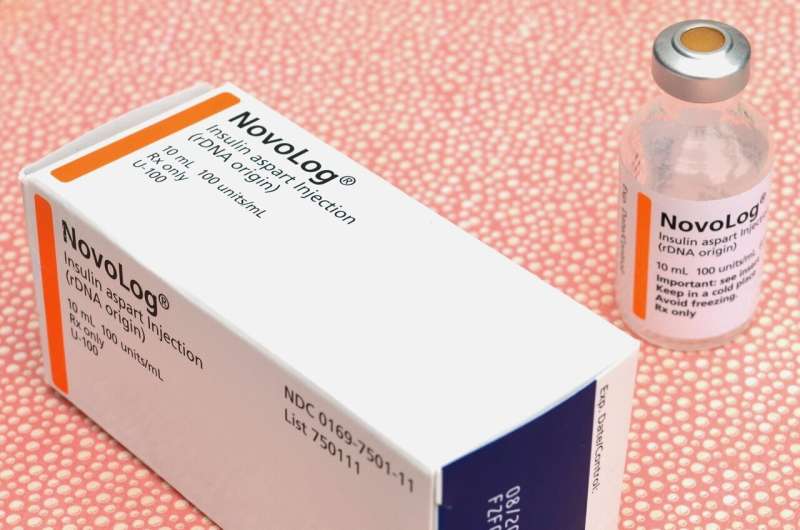Credit: Pixabay/CC0 Public Domain
An analysis of national health data in the United States has found that insulin rationing is common among those living with diabetes, especially among older adults and the uninsured. Limiting Medicare copays to $35 a month under the Inflation Reduction Act may improve insulin access for seniors, but privately insured and uninsured Americans will still face significant burdens access. The brief research report is published in Annals of Internal Medicine.
Insulin is a critical and life-saving treatment for Americans with diabetes, but cost- and insurance-related insulin rationing and nonadherence is likely common.
Researchers from Harvard Medical School and Hunter College studied data from the 2021 National Health Interview Survey (NHIS) to determine the prevalence and correlates of insulin rationing. They assessed the responses of 982 adults who used insulin to serve as a representative sample of more than 6 million American adults with diabetes.
The authors found that 16.5%, or up to 1.3 million, of insulin users rationed insulin. Among all users, delaying the purchase of insulin was the most common form of rationing. Among those with type 1 diabetes, taking less insulin than needed was most common. Insulin rationing was also more common among younger adults (20.4%) than seniors over 65 years of age (11.2%).
The authors also report that rates of insulin rationing were highest among uninsured persons and persons with private insurance but lowest among persons insured through Medicaid. They add that participants who rationed insulin reported feeling overwhelmed by the demands of living with diabetes. According to the authors, their findings may be related to the already high and increasing cost of insulin in the United States.
More information: Adam Gaffney et al, Prevalence and Correlates of Patient Rationing of Insulin in the United States: A National Survey, Annals of Internal Medicine (2022). DOI: 10.7326/M22-2477
Journal information: Annals of Internal Medicine
Provided by American College of Physicians
























